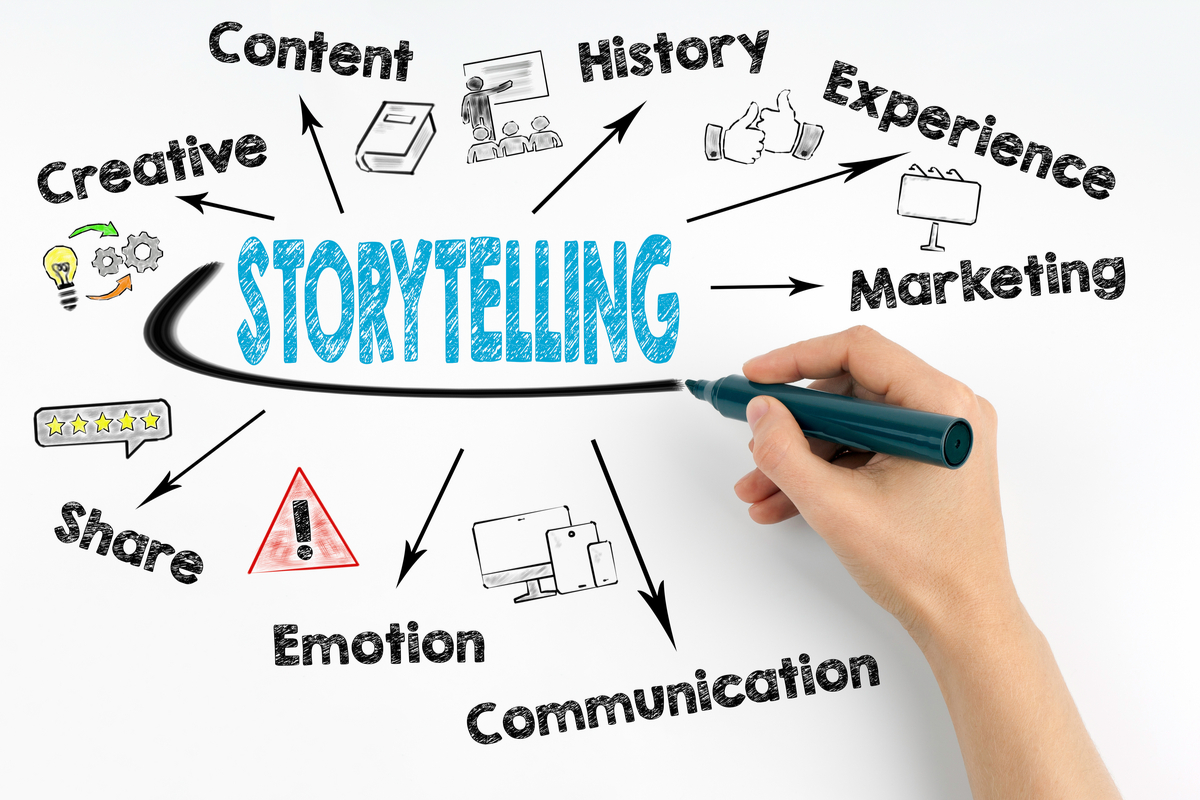
FAQ About Storytelling
Storytelling
2 years ago | gizem
What is the role of conflict resolution in storytelling?
Conflict resolution is a pivotal element in storytelling that drives the narrative forward, shapes character development, and provides closure for the audience. It's the process by which the conflicts and challenges presented in the story are addressed, leading to a resolution that ties up loose ends and concludes character arcs. The role of conflict resolution in storytelling is multifaceted:
- Driving the Plot: Conflict resolution is the driving force behind a story's progression. Characters' actions, decisions, and interactions are often motivated by their desire to resolve conflicts and achieve their goals.
- Creating Tension: Unresolved conflicts create tension and suspense, keeping the audience engaged and eager to see how the conflicts will be resolved.
- Character Development: Characters grow and change as they confront and overcome challenges. Conflict resolution showcases their evolution, revealing how they've learned and adapted.
- Emotional Impact: Conflict resolution elicits emotional responses from the audience. Whether it's relief, satisfaction, or catharsis, the way conflicts are resolved deeply affects how the story is experienced.
- Providing Closure: Conflict resolution offers closure to the narrative, answering questions and bringing a sense of completion to character arcs and plot threads.
- Conveying Themes and Messages: The way conflicts are resolved can reinforce the story's themes and messages. It demonstrates the consequences of characters' choices and actions.
- Satisfying Endings: A well-executed conflict resolution contributes to a satisfying ending. It leaves the audience with a sense of resolution and fulfillment.
- Showcasing Characters' Qualities: How characters approach conflict resolution can reveal their strengths, weaknesses, and moral compass.
- Maintaining Realism: Conflict resolution should be consistent with the world and rules you've established. Unrealistic resolutions can weaken the story's impact.
- Exploring Morality: Conflict resolution can explore ethical dilemmas and moral choices, challenging characters to make decisions that reveal their values.
- Generating Discussion: The way conflicts are resolved can spark discussions and interpretations among readers or viewers.
- Reflecting Growth: Conflict resolution often demonstrates characters' growth by showing how they handle challenges differently from how they would have at the beginning of the story.
- Subverting Expectations: Sometimes, conflict resolution can surprise the audience by subverting their expectations. This adds complexity and intrigue to the narrative.
